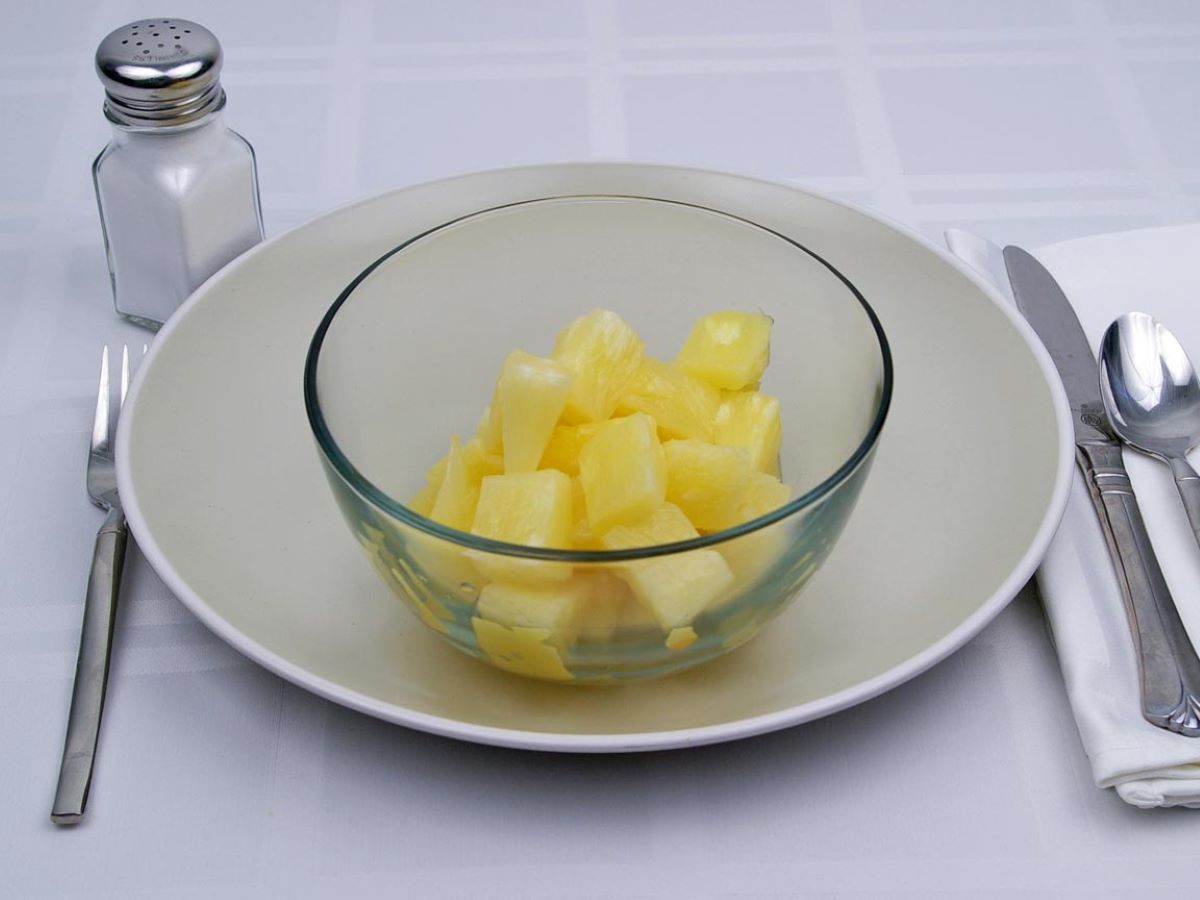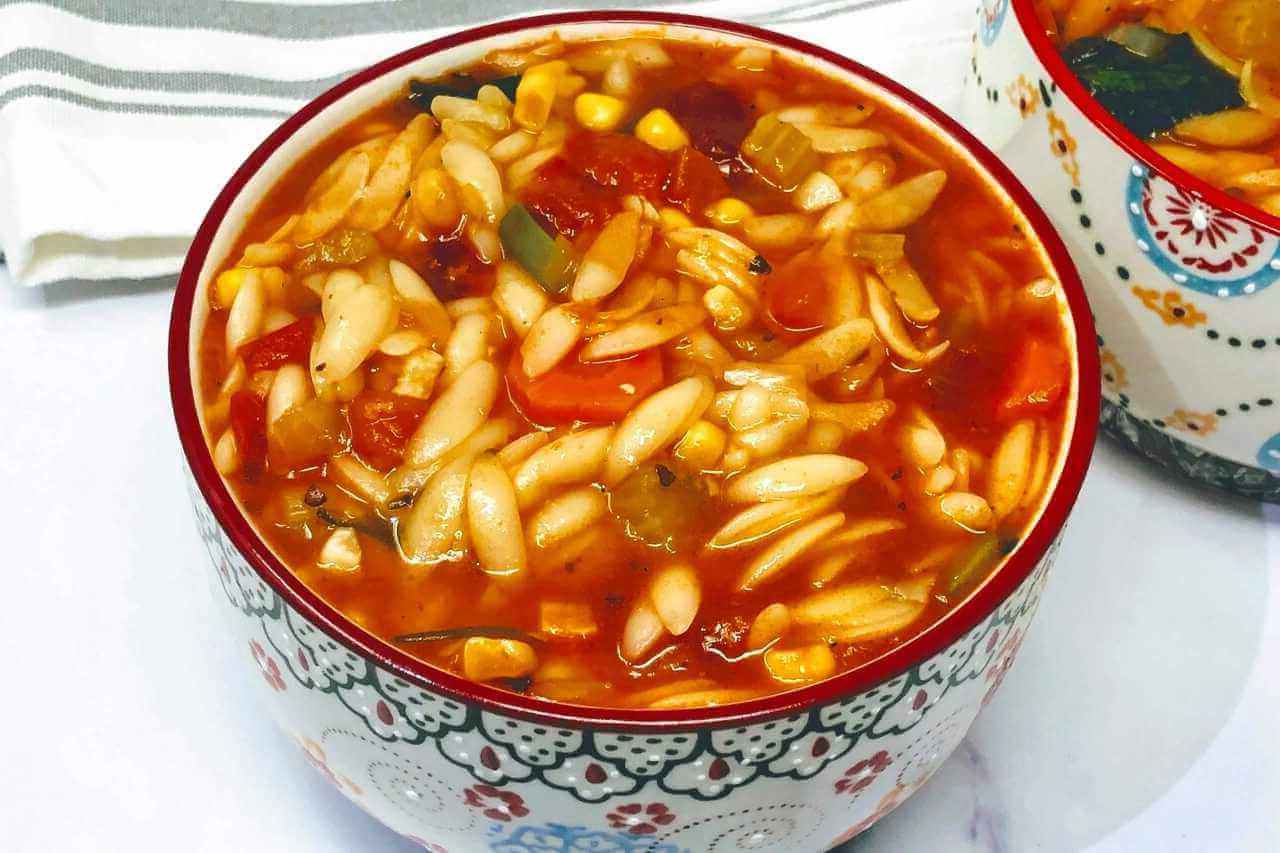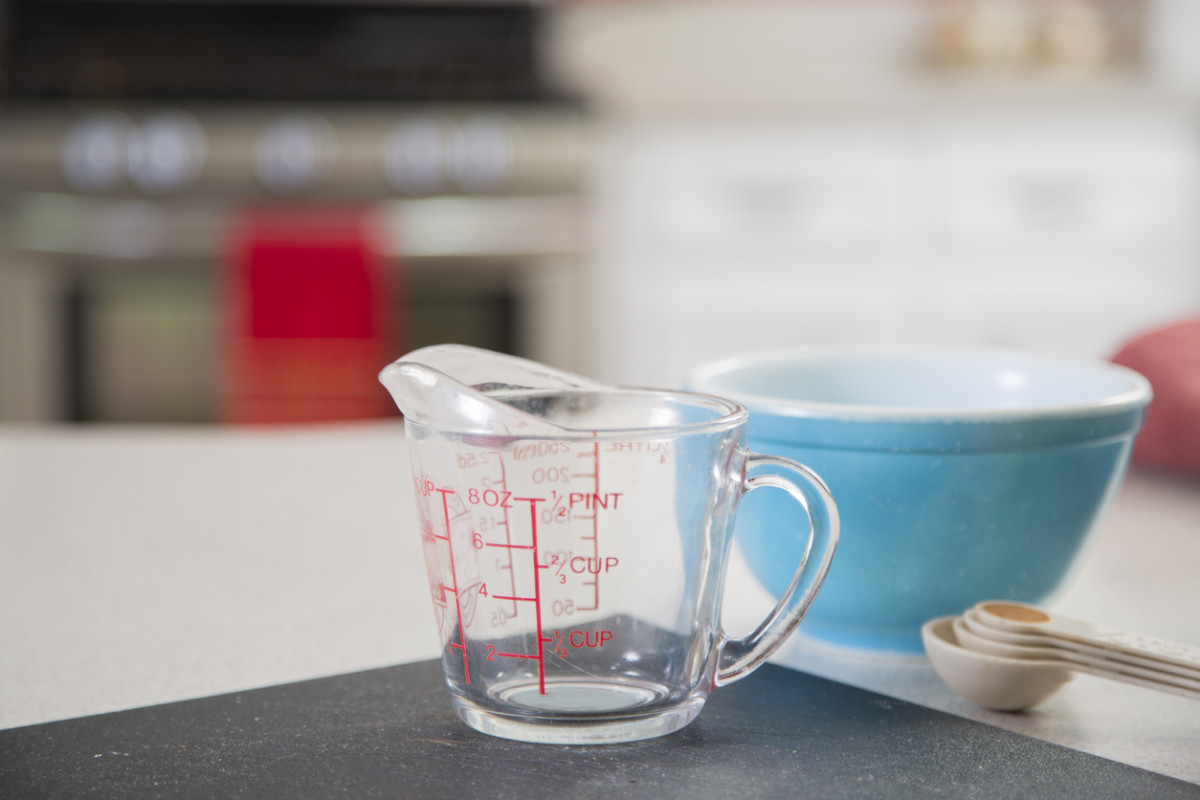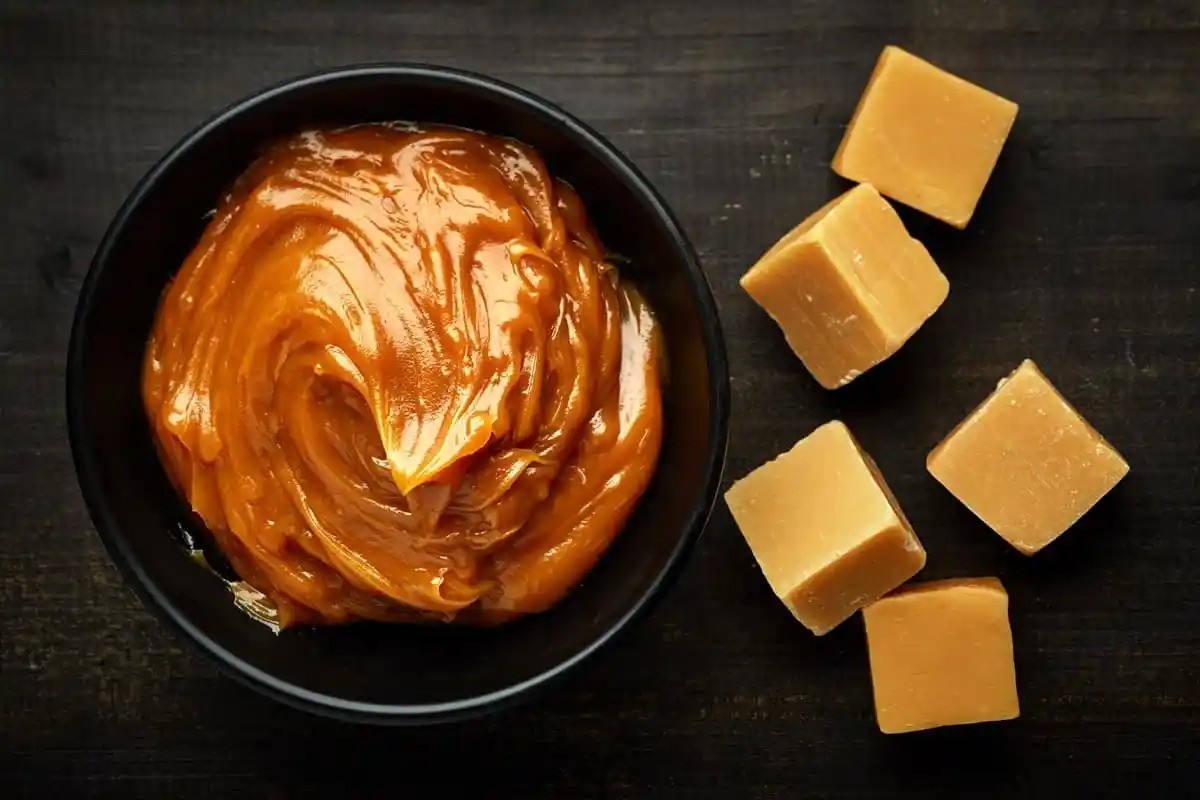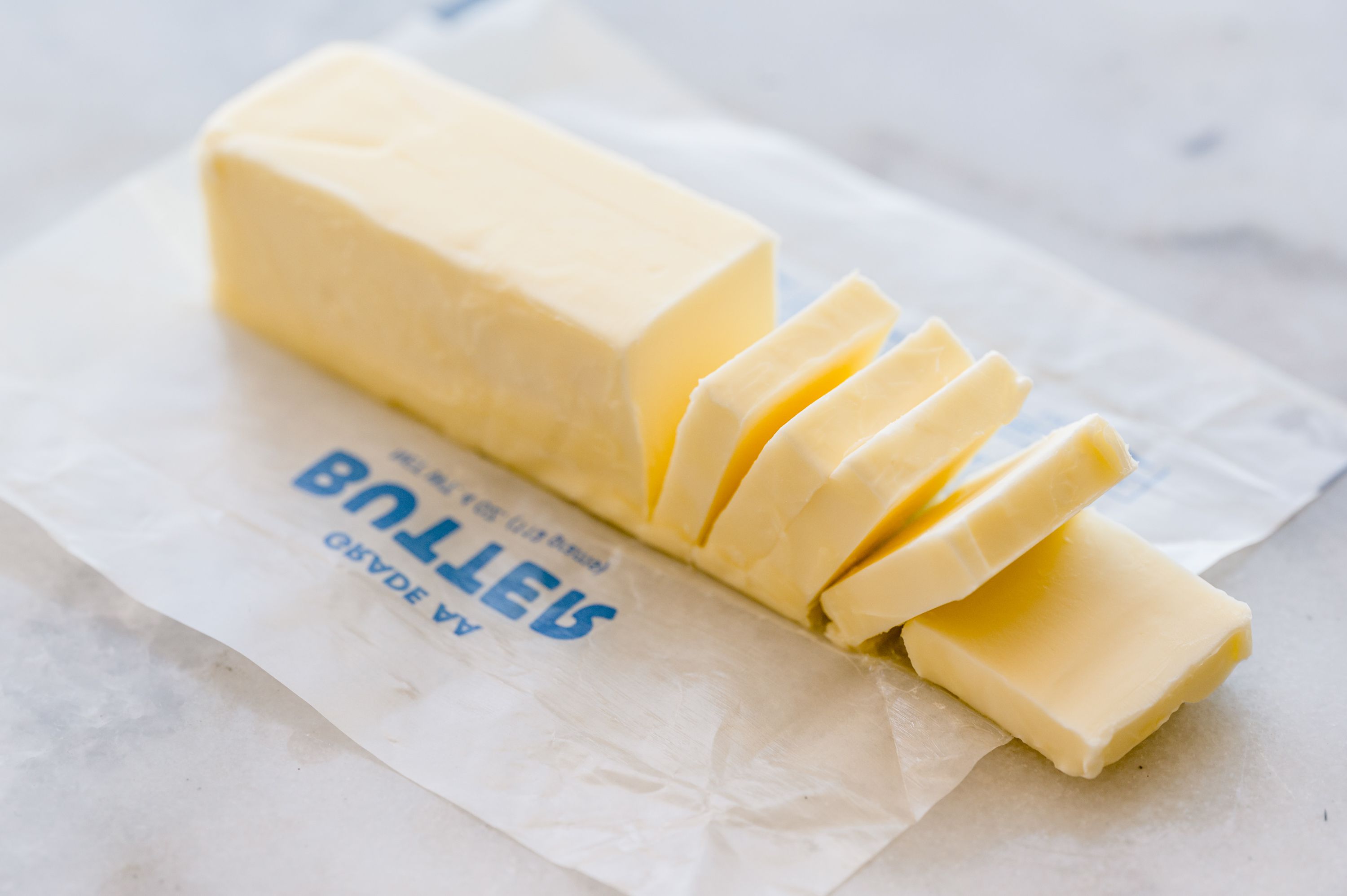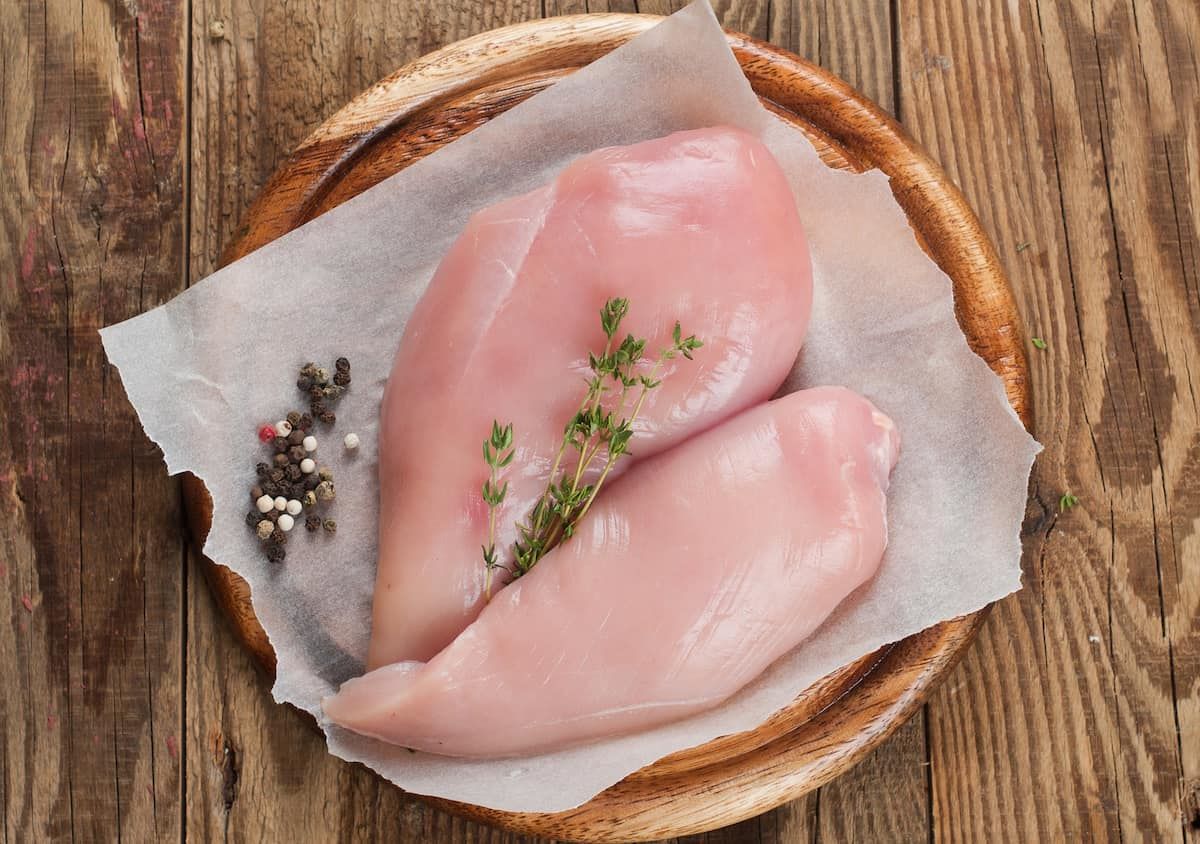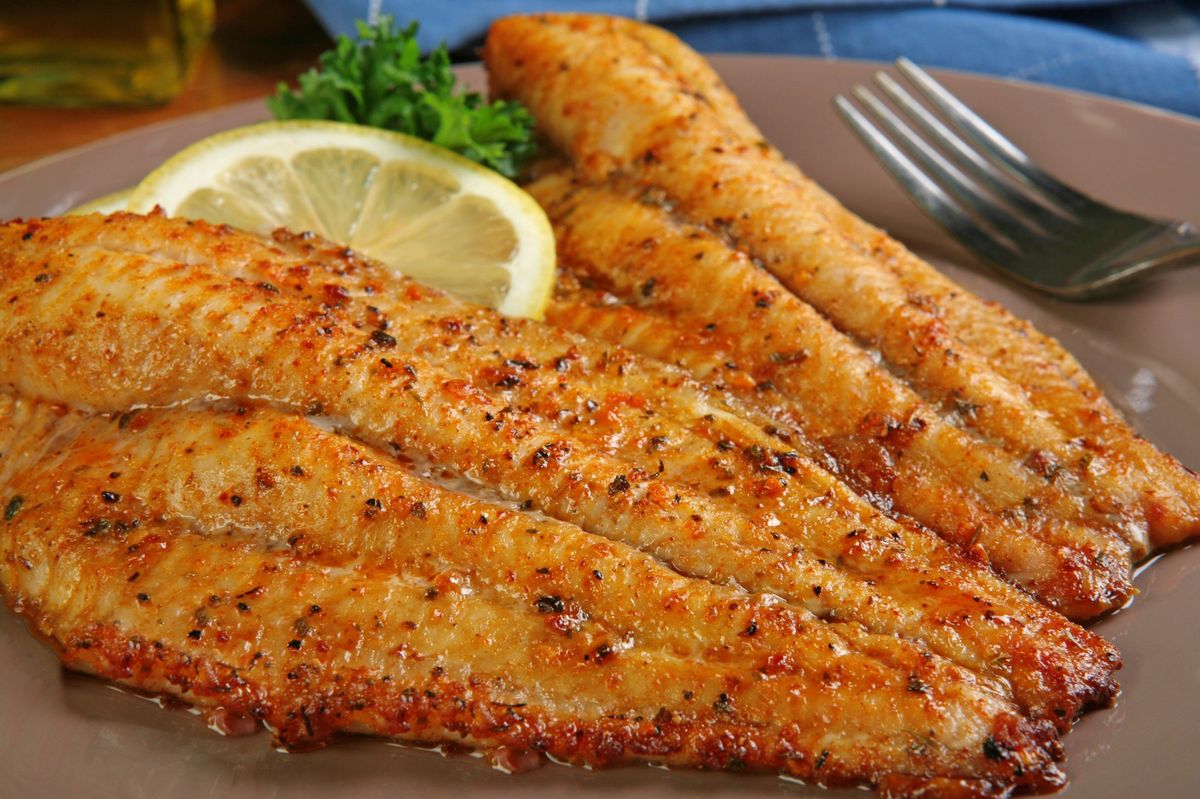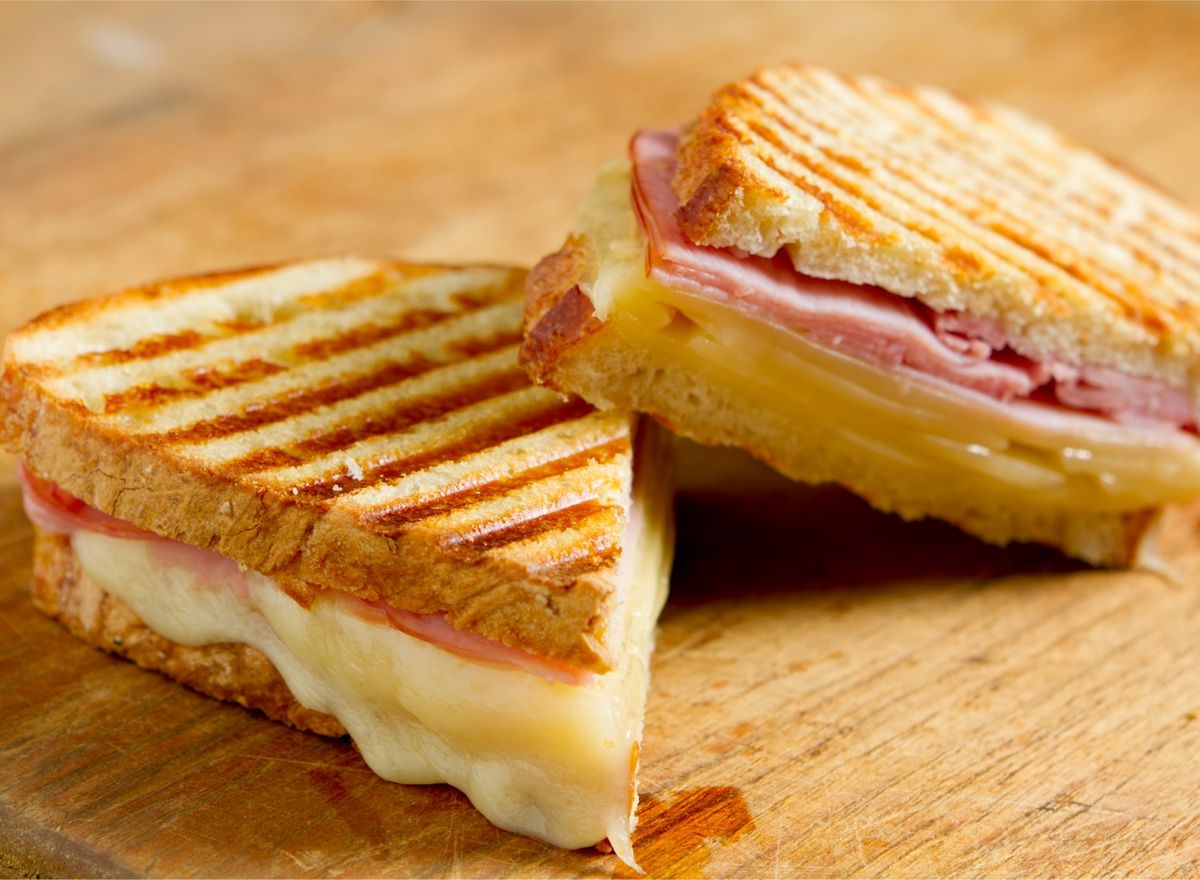Understanding 95 Degrees Celsius
When it comes to cooking and food safety, temperature plays a crucial role. One temperature that often comes up in recipes and food preparation is 95 degrees Celsius. But what exactly does this temperature mean, and how does it impact the food we eat? Let’s delve into the significance of 95 degrees Celsius in the culinary world.
Boiling Point
95 degrees Celsius is just shy of the boiling point of water, which is 100 degrees Celsius at sea level. This means that at 95 degrees Celsius, water is very hot but not yet boiling. In cooking, this temperature is often used for specific techniques such as simmering and poaching. Simmering involves cooking food in liquid at a temperature just below boiling, typically around 95 degrees Celsius. Poaching, a gentle cooking method, also takes place at around 95 degrees Celsius, ensuring that the food is cooked through without being overexposed to high heat.
Food Safety
When it comes to food safety, 95 degrees Celsius is significant as it represents the minimum safe internal temperature for many cooked foods. This temperature is particularly crucial for proteins such as poultry, eggs, and ground meats. Ensuring that these foods reach an internal temperature of 95 degrees Celsius helps to kill harmful bacteria, making the food safe to consume. Using a food thermometer is the best way to accurately measure the internal temperature of cooked foods and ensure they have reached the necessary 95 degrees Celsius for safety.
Chemical Reactions
At 95 degrees Celsius, various chemical reactions take place in food. For example, when making candy, reaching 95 degrees Celsius is a critical stage in the process. At this temperature, the sugar concentration in the syrup reaches a point where it can form the desired consistency when cooled. Understanding the chemical reactions that occur at 95 degrees Celsius is essential for achieving the desired results in cooking and baking.
Conclusion
So, what is 95 degrees Celsius? It’s a temperature that holds significance in cooking, food safety, and chemical reactions. Whether you’re simmering a delicious stew, ensuring your chicken is cooked through, or making a batch of homemade candy, understanding the impact of 95 degrees Celsius is essential for creating safe and delicious meals.
Next time you come across a recipe that calls for food to be cooked at 95 degrees Celsius, you’ll have a better understanding of why this temperature is crucial for the outcome of the dish.
Was this page helpful?
Read Next: What Is A Cold Oven
